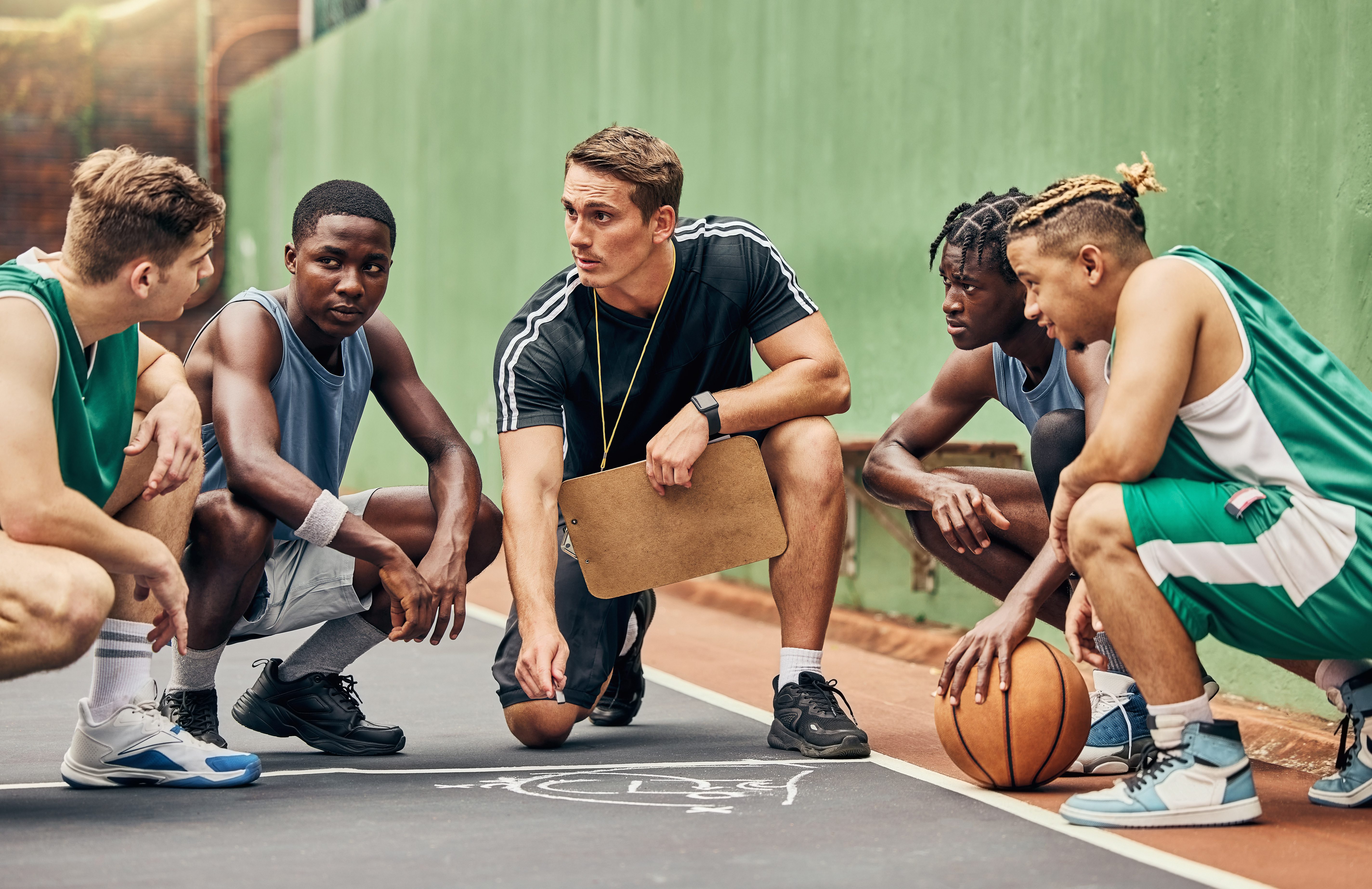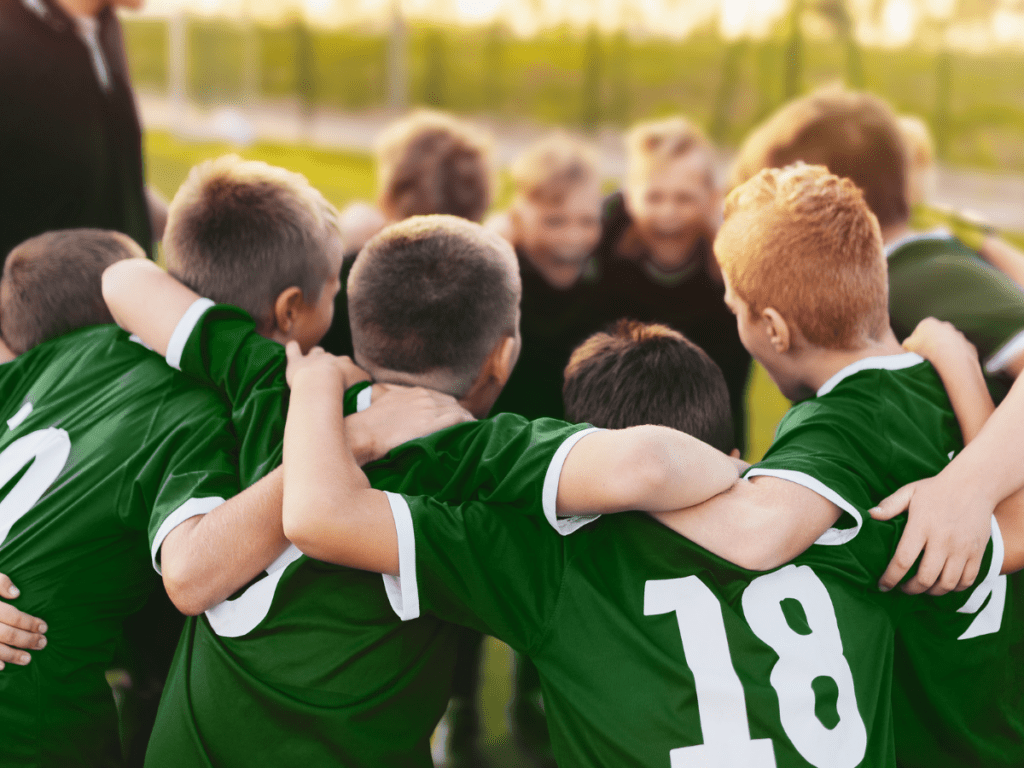Physical activity and school performance
Research shows that physical activity can improve academic performance in children. In addition, engaging in physical activity can improve attention and cognition. It is recommended that teachers provide students with physical activity breaks and that physical activity is integrated into the curriculum.
Emily Goodwin ( egoodwin@neonsupply.com ) @ 01/25/2023 2:30 pm
Mobilizing knowledge into action: Exploring sport administrators’ and parents’ perceptions of the quality of youth sport programs
Introduction and context Although young athletes represent the users of youth sports programs, parents are intricately involved in the decision-making process related to their children’s enrollment and registration in such programs. As such, sport administrators must grasp the elements that shape parents’ views on the quality of youth sport program design, their utilization of youth…
Sport participation through the transition from adolescence to adulthood

View the summary of this research here. Introduction and context Studying factors that contribute to sport participation maintenance in a context where so many people drop out of sports will help develop better strategies and interventions aimed at increasing the number of Canadian sport participants. However, previous studies were of very short duration and with…
Sledding and tobogganing
Sledding and tobogganing are fun ways to stay active this winter. Proper safety strategies are important for preventing sledding and tobogganing-related accidents. Some safety tips include wearing a helmet, ensuring the hill is free of any obstacles and using sledding equipment which is in good condition.
How to write a quality grant application

For many charitable or not-for-profit sport organizations, funding is the main topic of discussion on most days. As they look to continue their missions or potentially create new, innovative, and inclusive programming, two questions regularly come up: How much money do we need? Where is the funding going to come from? The financial pressures of…
Trauma-sensitive youth sport programs
Sport can be a powerful resource for children who had experienced trauma. A case study of BGC Canada’s Bounce Back League shows that new trauma-informed practices can be successfully integrated into communities by taking small steps, maintaining open communication, and building on existing club capacities.
Policy change
Preventative rules, policies, and regulations are one way sport organizations can protect their athletes from injury. For example, helmets in skiing and snowboarding have reduced the risk of brain injury, the elimination of body checking in hockey age groups has reduced the risk of concussion and there is new evidence in mouthguards better protecting athletes…
What makes a playground inclusive?
Play is a right of all children, but not all children have the same opportunities to experience play. An inclusive playground means having wide entry spaces free of obstacles, ramp access, shaded space, trained staff, and different types of sensory, solitary, and creative play components. A new Inclusive Playgrounds resource presents evidence-informed recommendations designed to…
Making contact sports safer
Concussion is a serious concern in contact sports. A New Zealand research team of clinicians, sport scientists, and engineers is exploring the potential of soft-shell headgear and coaching programs that could make sports like rugby safer for all players, and especially youth.